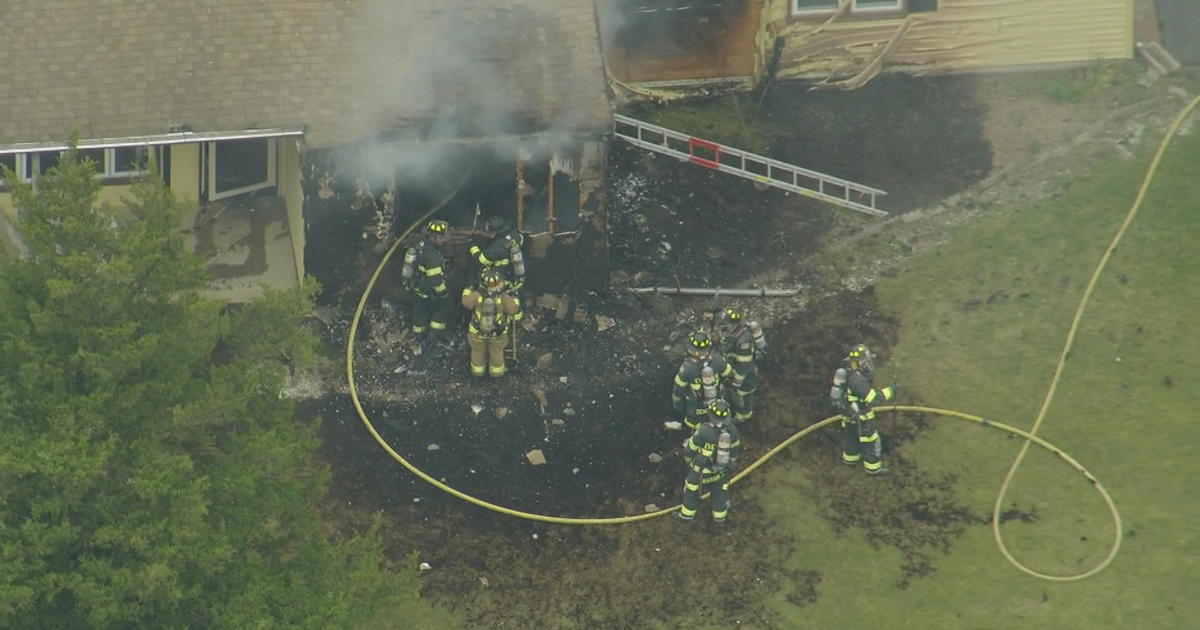20-30 people potentially exposed to measles at Nemours Children's Hospital in Wilmington
WILMINGTON, Del. (CBS) -- About 20 to 30 people were potentially exposed to measles in late December at Nemours Children's Hospital in Wilmington, the Delaware Department of Health said on Thursday.
The Department of Health said the potential exposure happened on Dec. 29, 2023, when 20 to 30 people were potentially exposed to a person who was "not symptomatic but was infectious at the time of their visit to the facility."
The DPH identified people who were potentially exposed and issued quarantine orders when necessary. The department also notified any person who visited Neumors on Dec. 29. between 6 a.m. and noon about the potential exposure.
Delaware residents unsure of their vaccination status can visit the DelVAX Public Portal and view their personal profiles. People can also contact their primary health provider.
Measles outbreak in Philadelphia
Earlier this week, the Philadelphia Department of Public Health announced two more measles cases, bringing the total to eight since the outbreak began. There haven't been any more confirmed cases since Monday, the Philly Health Department said Thursday.
Also on Thursday, officials warned about a possible measles exposure in Montgomery County.
How does measles spread, and what are the symptoms?
Measles is transmitted through the air from coughing and sneezing.
"Measles is one of the most infectious diseases that we know," Dr. Robert Danoff of Jefferson Health told CBS Philadelphia.
Danoff said while people who are vaccinated are protected, those who are not need to watch out for certain symptoms.
Those are ill and believe they have measles should seek immediate health care by contacting their primary care provider.
"First things fever, cough, runny nose, red watery eyes," Danoff said. "Three to five days later, the fever might increase, but then you can get this rash that starts at the forehead; it's like pulling a shade down. It goes from the forehead all the way to the rest of the body."



